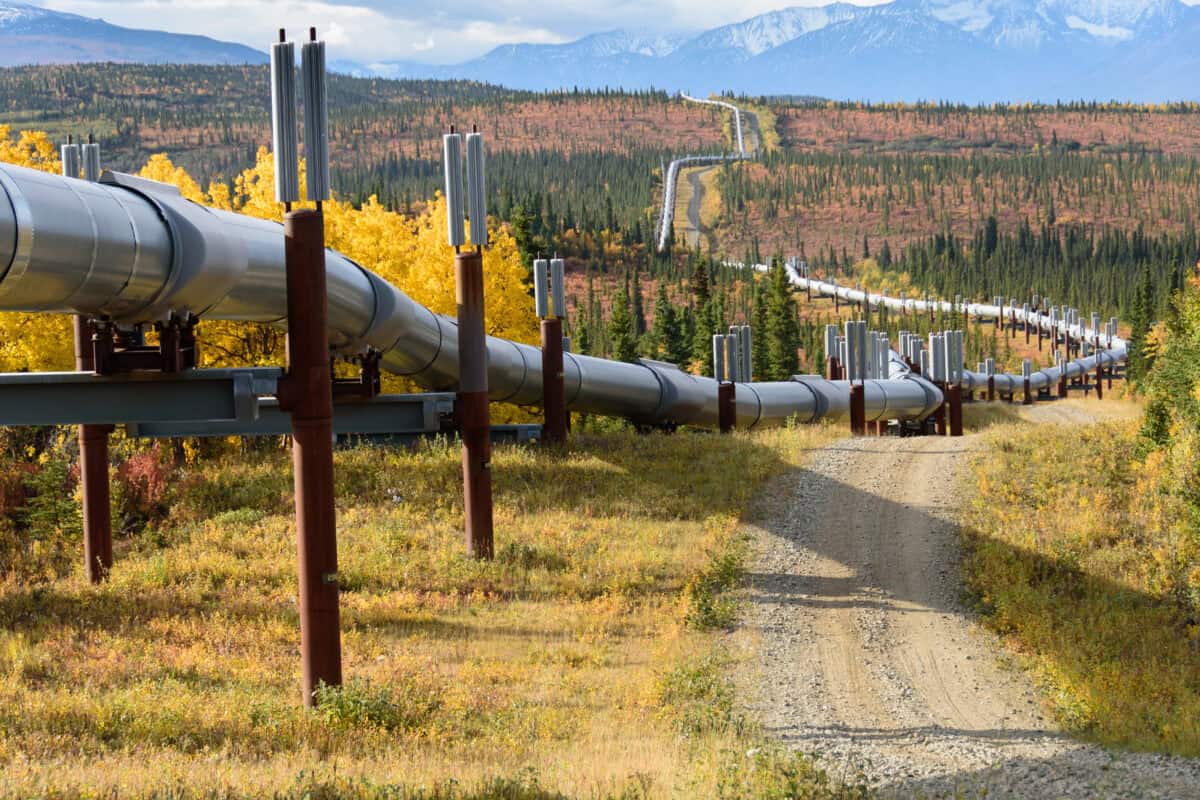TC Energy (TSX:TRP)is a diversified energy infrastructure company based in Canada. Last year, TC Energy announced plans to separate its liquids pipelines business into a new entity called South Bow (TSX:SOBO). The spin-off will mean TC Energy will focus on providing natural gas and low-carbon energy solutions. At the same time, South Bow will own and operate the liquids pipelines and crude oil transportation business.
The spin-off was completed in September 2024, allowing TC Energy to transition into a utility-like company with durable cash flows. It will now focus on verticals such as natural gas infrastructure, nuclear energy, and pumped hydro storage.
Meanwhile, South Bow will enhance existing liquid pipeline operations, which include the Keystone pipeline system. The company confirmed it would use excess cash flows to manage balance sheet debt prudently and return capital to shareholders.
Let’s see if investing in South Bow stock at the current valuation makes sense.
Is South Bow a good stock to own?
The spin-off should allow South Bow to unlock shareholder value by enabling the two companies to pursue focused growth strategies. Analysts on Bay Street expect the corporate action to result in improved leverage metrics for TC Energy and provide South Bow with an opportunity to expand its pipeline network and capacity.
With a liquids pipeline network of more than 4,900 kilometres and a tank terminal storage capacity of 7.6 million barrels, South Bow will connect Alberta’s oilsands to key markets south of the border. Armed with an investment-grade credit rating, South Bow’s low-risk business should help it attract growth capital easily.
South Bow aims to maintain a healthy balance sheet as it targets a debt-to-EBITDA (earnings before interest, tax, depreciation, and amortization) multiple of less than 0.5 times within three years.
South Bow plans to pay shareholders a base dividend of $2.75 per share, indicating a forward yield of almost 8%. It expects comparable EBITDA to grow between 2% and 3% each year, which is in line with the company’s dividend growth outlook.
What’s next for SOBO stock?
South Bow operates an unrivalled corridor that allows it to deliver a premium service to customers efficiently. For instance, South Bow already connects North America’s strongest supply and demand markets while offering competitive tolls and commercial structures.
Around 88% of South Bow’s comparable EBITDA is contracted, while 98% of customers are refiners or vertically integrated companies. With a weighted average remaining contract term of 8.4 years, 96% of South Bow’s revenue exposure is to investment-grade counterparties.
South Bow’s steady and predictable cash flow should help it maintain dividend payouts across business cycles. The company has emphasized that dividends will be the primary means of returning capital to shareholders. If TC Energy raises dividends by 7% annually, the payout should double over 10 years, significantly enhancing the yield at cost.
Analysts tracking SOBO stock expect adjusted earnings of $2.36 per share in 2024 and $2.41 per share in 2025. So, priced at 14.4 times forward earnings, SOBO stock is fairly valued and remains a top investment choice for income-seekers in December 2024.

